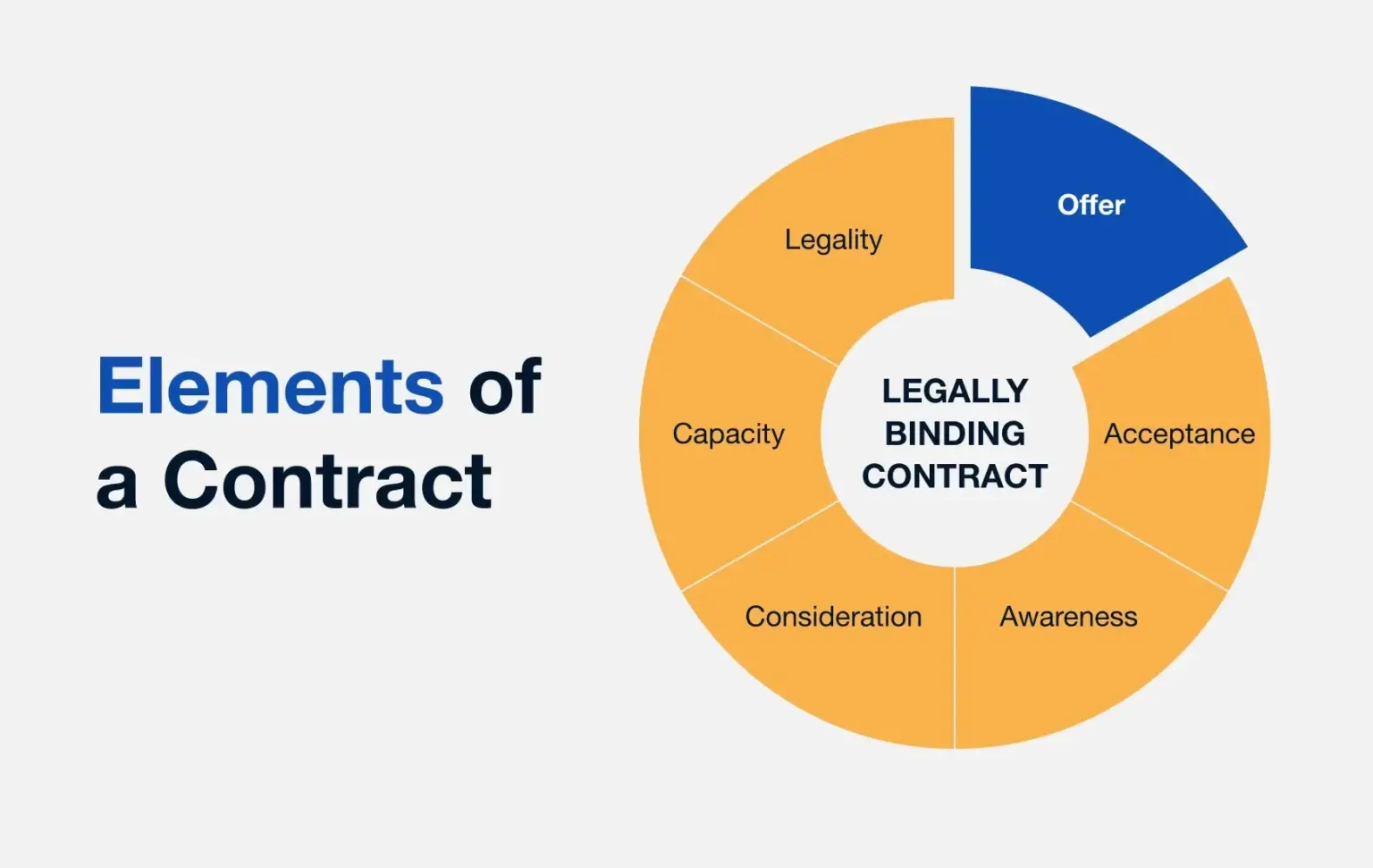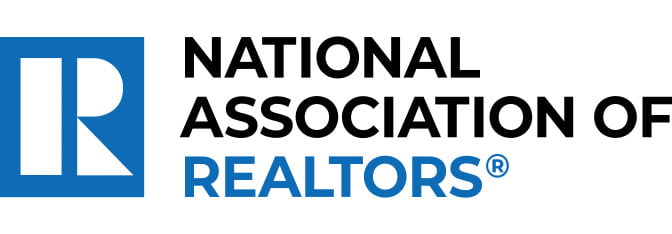Understanding Real Estate Forms: A Guide for Buyers, Sellers, and Agents
Buying or selling a home is a big deal. It’s exciting, but it can also feel overwhelming, especially with all the paperwork involved. Whether you’re a buyer, seller, or real estate agent, understanding the key forms in a real estate transaction is crucial. These forms protect everyone involved and ensure that the process is clear, fair, and legally binding. In this guide, we’ll dive into six important forms you’ll encounter: the Agency Disclosure, Buyer Agency Agreement, Right to Sell Listing Agreement, Purchase Agreement, Lead-Based Paint Disclosure, and Seller Disclosure Statement. We’ll explain what each form is, how it’s used, and how they compare to each other.
1. Agency Disclosure
What It Is: The Agency Disclosure form is one of the first documents you’ll encounter in a real estate transaction. This form explains the relationship between the real estate agent and their client, whether that client is a buyer or a seller.
Key Points:
- Types of Agency Relationships:
- Seller’s Agent: Represents the seller and works to get the best possible deal for them.
- Buyer’s Agent: Represents the buyer and helps them find the right home and negotiate the best price.
- Dual Agent: Sometimes, an agent may represent both the buyer and the seller in the same transaction. This is called dual agency, but it must be clearly disclosed because it can lead to potential conflicts of interest and is not legal in every state.
Why It’s Important: This form ensures that everyone knows who the agent is representing. It helps prevent misunderstandings and ensures that the agent’s duties are clear. For example, if you’re a buyer, you want to be sure that your agent is working to get you the best deal, not the seller. Most states mandate this form prior to any real estate activites being performed. This form is NOT a contract!
2. Buyer Agency Agreement
What It Is: The Buyer Agency Agreement is a contract between a buyer and a real estate agent. It outlines the agent’s responsibilities in helping the buyer find and purchase a home and explains how the agent will be compensated for their work. This form is now required before showing a home due to the NAR Settlement changes effective August 17, 2024.
Key Points:
- Exclusive vs. Non-Exclusive:
- Exclusive Agreement: In this type of agreement, the buyer agrees to work with only one agent during their home search. This means the agent is fully committed to helping the buyer find the right home.
- Non-Exclusive Agreement: The buyer can work with multiple agents, but the agent is only compensated if they help the buyer find and purchase a home.
- Agent’s Duties: The agent promises to help the buyer find properties that meet their needs, negotiate offers, and guide them through the closing process.
Why It’s Important: This agreement ensures that the agent is dedicated to the buyer and will work hard to find the right home for them. It also provides clarity on how the agent will be paid, which helps avoid any confusion or disputes later on.
3. Right to Sell Listing Agreement
What It Is: The Right to Sell Listing Agreement is a contract between a seller and a real estate agent. It gives the agent the exclusive right to sell the seller’s property and outlines the terms of that arrangement.
Key Points:
- Exclusive Right to Sell: This means that the agent has the sole right to sell the property. Even if the seller finds a buyer on their own, the agent still earns a commission.
- Listing Price: The agreement will include the asking price for the home, which is usually determined based on market conditions and comparable sales in the area.
- Commission: The seller agrees to pay the agent a commission, typically a percentage of the home’s sale price, once the home is sold.
Why It’s Important: This agreement ensures that the agent will put in the effort to market and sell the property because they know they’ll be compensated for their work. For sellers, it’s important to have a dedicated agent who will help get the best possible price for their home.

4. Purchase Agreement
What It Is: The Purchase Agreement is a legal document that outlines the terms and conditions of the sale of a home. It’s signed by both the buyer and the seller once they agree on the sale. This is the most important form in the entire transaction. All other forms are used to support the purchase agreement.
Key Points:
- Price and Terms: The agreement includes the purchase price of the home, how the buyer will pay (e.g., through a mortgage), and the closing date.
- Contingencies: These are conditions that must be met for the sale to go through. Common contingencies include a home inspection, the buyer securing financing, and the home appraising for at least the purchase price.
- Earnest Money: The buyer usually makes a deposit, called earnest money, to show they are serious about buying the home. This money is held in escrow and applied to the purchase price at closing.
Why It’s Important: The Purchase Agreement is crucial because it clearly outlines the expectations of both the buyer and the seller. It helps prevent any misunderstandings and provides a roadmap for completing the sale. It’s essential for both parties to fully understand this agreement because it’s a legally binding contract.
5. Lead-Based Paint Disclosure
What It Is: The Lead-Based Paint Disclosure is a form required for homes built before 1978. It informs the buyer about the possible presence of lead-based paint, which can be a health hazard, especially for children.
Key Points:
- Federal Requirement: It’s required by law that sellers provide this disclosure for homes built before 1978.
- Buyer’s Rights: The buyer has the right to conduct a lead-based paint inspection before committing to the purchase.
- Acknowledgment: Both the buyer and seller must sign the disclosure, confirming that the buyer has received the information.
Why It’s Important: This form protects buyers by making sure they are aware of any potential lead hazards in the home. It also protects sellers from liability by ensuring they have disclosed any known issues related to lead-based paint.
6. Seller Disclosure Statement
What It Is: The Seller Disclosure Statement is a form that the seller fills out to provide the buyer with information about the condition of the property. This includes any known issues or repairs that have been made.
Key Points:
- Condition of the Property: The seller must disclose known problems with the home, such as a leaky roof, electrical issues, or previous water damage.
- Legal Requirement: In most states, including Michigan, this disclosure is required by law.
- Buyer’s Protection: The buyer can use the information in this statement to decide whether to proceed with the purchase or negotiate repairs or a price reduction.
Why It’s Important: The Seller Disclosure Statement helps protect buyers from buying a home with hidden issues. It also protects sellers by ensuring they are upfront about the condition of the property, which can prevent future legal disputes. Depending on your state laws, a seller disclosure statement may not be required. For example, according to the Seller Disclosure Act of 1993, in the state of Michigan you are not required to complete a vacant land disclosure (even though you may be asked to!). However, you are required to complete one for a residential property that is 1-4 units even if you’ve never lived in the property.

Similarities and Differences Among the Forms
Similarities:
- Legal Protection: All of these forms are designed to protect the parties involved in the transaction. Whether it’s ensuring that the buyer is aware of potential hazards or clarifying the terms of a sale, these forms help prevent misunderstandings and disputes.
- Disclosure: Many of these forms involve some type of disclosure, whether it’s about agency relationships, the condition of the property, or potential risks like lead-based paint. Full disclosure helps ensure transparency and fairness in the transaction.
- Binding Agreements: Most of these forms are legally binding, meaning that once they are signed, the parties must adhere to the terms outlined within them.
Differences:
- Purpose: The main difference between these forms is their purpose. For example, the Purchase Agreement outlines the terms of the sale, while the Lead-Based Paint Disclosure informs the buyer of potential health hazards.
- Timing: These forms are used at different stages of the buying or selling process. The Agency Disclosure and Buyer Agency Agreement are typically handled at the beginning, while the Purchase Agreement is completed once an offer is made.
- Parties Involved: Some forms, like the Buyer Agency Agreement, involve only the buyer and their agent, while others, like the Purchase Agreement, involve both the buyer and the seller.
Conclusion
READ and fully understand everything you sign. You have the right to do your own research and consult with experts prior to signing anything. Understanding the various forms used in a real estate transaction is key to a smooth and successful process. Whether you’re a buyer, seller, or real estate agent, knowing what these forms are and why they’re important will help you navigate the complexities of buying or selling a home. Each form serves a specific purpose and is there to protect your interests. Most are legally required by your state or the agent’s broker. Working closely with a knowledgeable real estate professional ensures that you’re well-informed and that your transaction goes as smoothly as possible.










